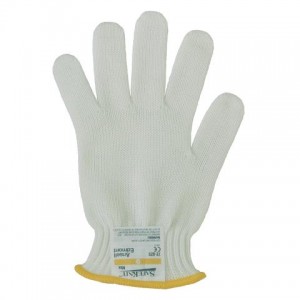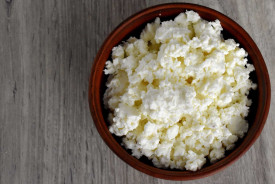 According to statistics found on the glove manufacturing website AnsellPro.com:
According to statistics found on the glove manufacturing website AnsellPro.com:
- The average indemnity compensation for an OSHA recordable hand/finger injury is approximately $3,846.00
- The average medical payment is approximately $2,600.00
- There are approximately 439,000 disabling yearly hand and finger injuries which equates to a cumulative cost into the millions each year.
Isn’t that worth the cost of a pair of cut-resistant gloves?
Although there are no OSHA regulations specific to cut-resistant gloves, OSHA 1910.138(a) and (b) do pertain to hand protection.
- 1910.138(a) General Requirements. Employers shall select and require employees to use appropriate hand protection when employees’ hands are exposed to hazards from skin absorption of harmful substances; severe cuts or lacerations; severe abrasions: punctures; chemical burns; thermal burns; and harmful temperature extremes.
- 1910.138(b) Selection. Employers shall base selection of the appropriate hand protection on an evaluation of the performance characteristics of the hand protection relative to the task(s) to be performed, conditions.
Check out our Learning Center for more information on specific cut-resistance information.





